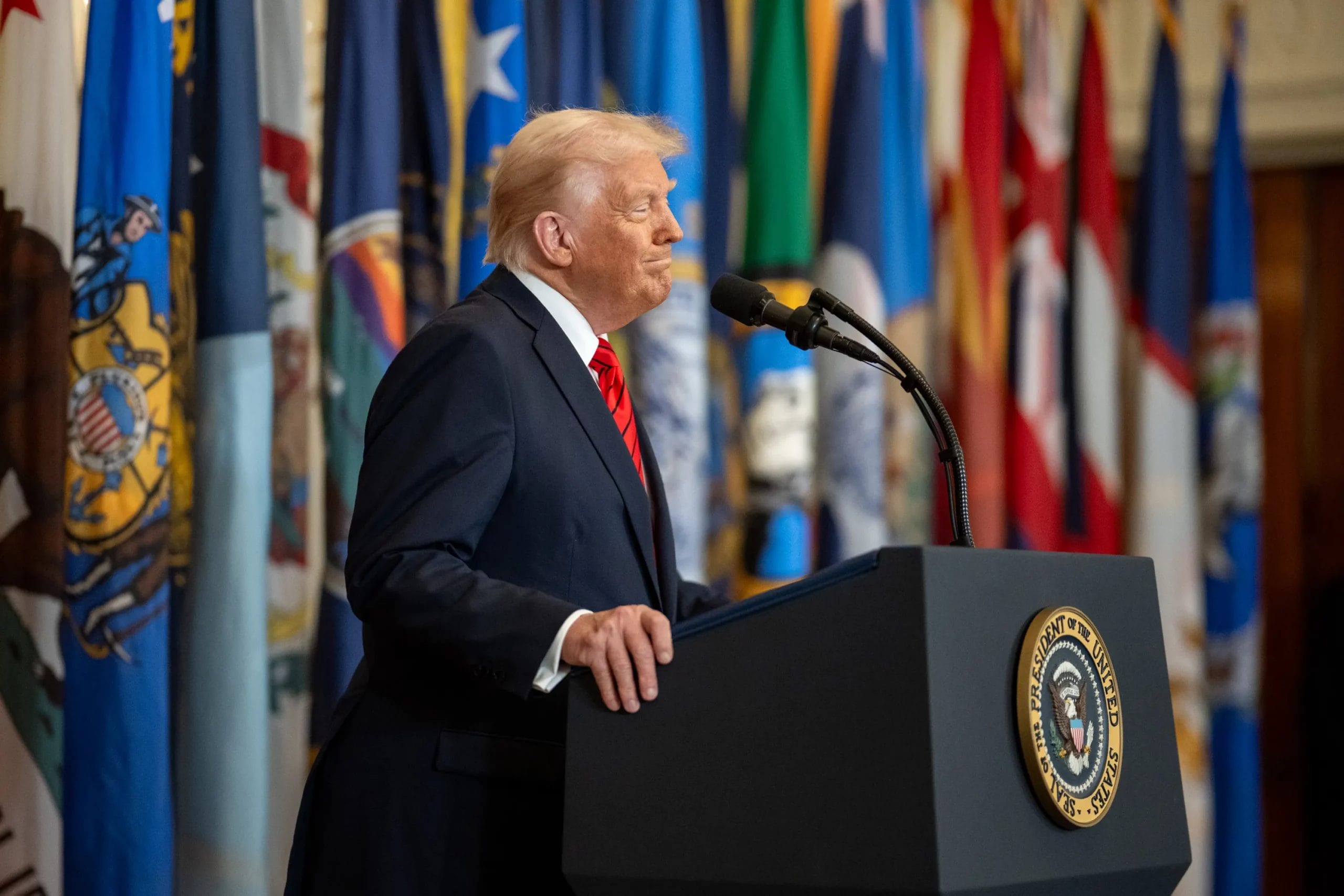Dancing for dollars: when states follow Washington, they lose themselves

The United States federal government is more than $36.5 trillion in debt. If it paid down $1 million every day, it would take 100,000 years to pay off.
So why are states becoming increasingly reliant on the most indebted institution in the history of the planet?
Late last year, Pew Research examined historic trends in state reliance on federal funds. A look back at the 40-year period from 1982 to 2022, for instance, shows that in 1982 the national average for state reliance was just 24 percent.
From then, there are spikes in response to economic crises, such as the Great Recession and of course the Covid-19 lockdowns. State reliance on the federal government peaked at 36.7 percent in 2021, then fell slightly to 36.4 percent the following year.
The overall trend, however, is unmistakable. States have become more reliant on federal funds as part of their budgets over time, and federal grants to states now exceed $1 trillion annually.
My home state of North Carolina is certainly no exception to this trend. My previous research on this topic estimated that in 1996 federal dollars made up 26 percent of total state General Fund appropriations. By 2015 that share had grown to 32 percent. According to Gov. Josh Stein’s proposed budget for this coming fiscal year, “Federal funds account for over 43% of the state’s total budget.” This would be well above the national average.
The recent spike is aided by lingering Covid relief funding and North Carolina’s decision to expand Medicaid at the end of 2023.
Interestingly, Stein underscores how critical these federal dollars are for our state government, writing that “many state workers who provide essential services are fully or partly funded by federal funds.” Furthermore, he indicates an awareness of a potential reduction in those federal funds upon which the state has grown so reliant, adding that quick access to state reserves “will be necessary to ensure that legally required commitments can be met if federal funds are reduced or eliminated.”
Indeed, the dire fiscal straits of the federal government should prompt state budget writers to begin questioning how they could weather a decrease in funding from DC.
One potential massive blow could come from the debate over whether the federal government will cut its share of the costs of the Medicaid expansion population for the 41 states that have expanded their program per the Affordable Care Act. Currently that share is 90 percent. For many states such a change would shift billions of dollars of expenditures onto their budgets to provide continued coverage for their expansion populations.
For North Carolina, that may mean a difficult political decision. The legislation approving expansion included a provision that should the federal government’s match ever drop below 90 percent, “then Medicaid coverage for this category of individuals shall be discontinued as expeditiously as possible.”
But would state legislators really have the political will to kick nearly 650,000 North Carolinians off of Medicaid?
Medicaid expansion is a reminder that federal funds are not “free” in any meaningful way and often come with expensive strings attached.
A 2015 research study authored by economist Dr. Eric Fruits and published by the Civitas Institute found that each dollar of additional federal grants to states is associated with a total increase of 54–86 cents in new state and local taxes. Strings attached such as matching requirements and maintenance of effort mandates impose steep additional costs on states accepting federal dollars.
In short, as your state accepts more federal funds, your state and local taxes rise.
Research points to several reasons why additional federal funding would lead to greater state and local own-source spending:
- A “flypaper” effect in which federal funds are accepted as a supplement to, rather than a substitute for, state and local taxes and charges.
- A “stimulus” effect in which matching fund and maintenance of effort requirements tied to federal funds require increased spending from state or local funds or both. In addition, matching requirements may stimulate state and local spending by encouraging projects that would not have been undertaken without the matching funds.
Not only do federal funds come with an added financial burden on states, there’s also the issue of how dancing to Washington’s tune for federal dollars erodes state sovereignty. States lose independence when they comply with the preferences and impositions coming from DC in exchange for federal dollars.
Federal dollars to states are by no means free and may soon be decreasing. As states’ dependence on federal money increases, their independence decreases, and potential cutbacks pose significant threats to state budgetary stability. State budget writers would be wise to begin looking for ways to wean themselves off of federal money before their broke Uncle Sam cuts them off.
Brian Balfour is senior vice president of research for the John Locke Foundation in Raleigh, North Carolina.



